Mount St Mary's is one of the architectural treasures of the city of Leeds. It is a grade two (starred) listed building dating from 1853. The laying of the foundation stone was an act of faith in itself as the founders of the church, the missionary order of the Oblates of Mary Immaculate had little idea as to where the money was to be found to complete the building. The church stands high on the crest of Richmond Hill and can be seen from many parts of the city. The slope below the church had been known for hundreds of years as 'the Bank'.
For many, Mount St Mary's is the Famine Church, the original chapel was established at a time when Ireland was only beginning to recover from the Great Hunger brought on by the failure of the potato crop in successive years from 1845 to 1851. Hundreds of families, many of them suffering from the effects of starvation and 'famine fever, found some in what became Mount St Mary's parish.
The story of how the church came to be established in the first place, on the initiative of men from the neighbouring St Saviour's Anglican church who were received into the Roman Catholic Church is more than just a footnote in English Church history. These were the people who persuaded the Oblates of Mary Immaculate to establish a chapel in Richmond Street, the Bank.
It is impossible to calculate the contribution that Mount St Mary's made in creating a community out of the mass of desperate refugees who found themselves living on the Bank or in other parts of the parish. It was not just the ministrations of the clergy that went to forge this new community. It was the work carried out in caring for the sick and the poor, the setting up of the schools and the orphanage. Most of the latter work being carried out by the Sisters of the Holy Family. One must not forget either, the sodalities and societies within the parish that did so much to bind the community together. Despite the widespread poverty and deprivation that persisted so long, it became a community with a strong identity and contributed so much to the development of the city of Leeds.
During the 1970's and 80's the congregation dwindled and the cost of keeping the church open wasn't feasible. The church closed it's doors for the last time in 1989 and was deconsecrated by the Catholic church.
A quick revisit for me this one, promised myself a bit of time out from derping but as I was passing…………..Anyhow it’s a reeeet good place this so get yourselves down
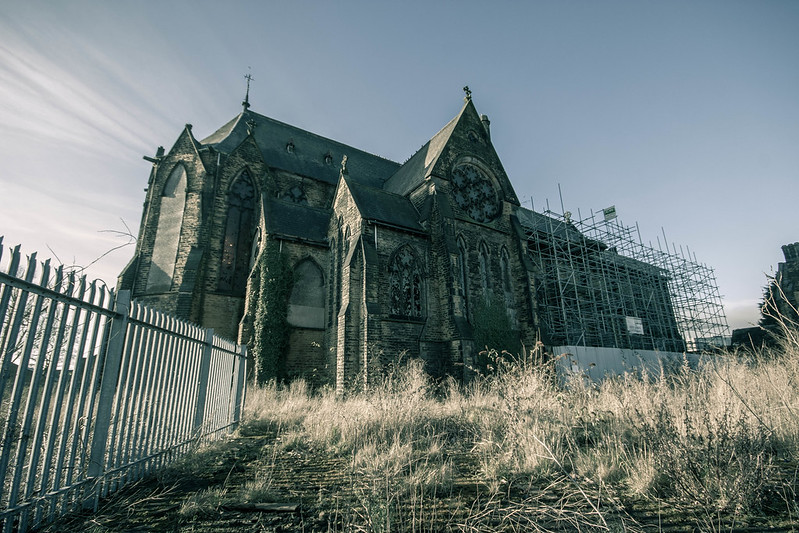
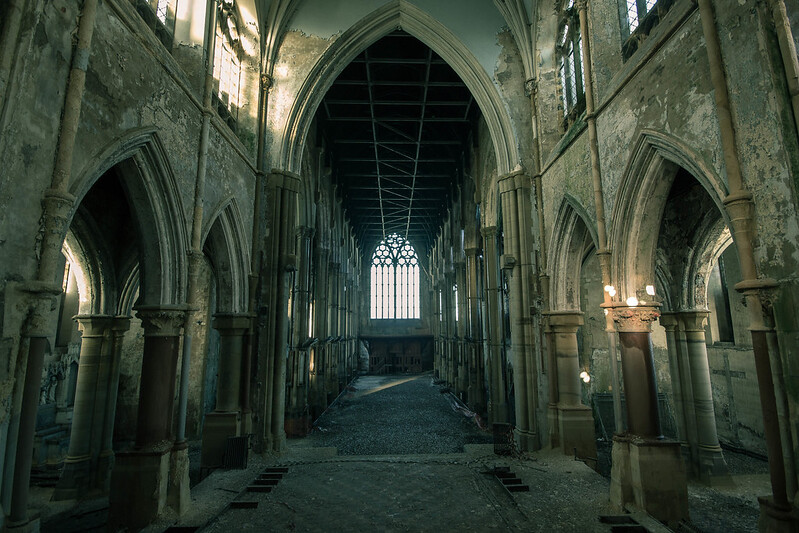
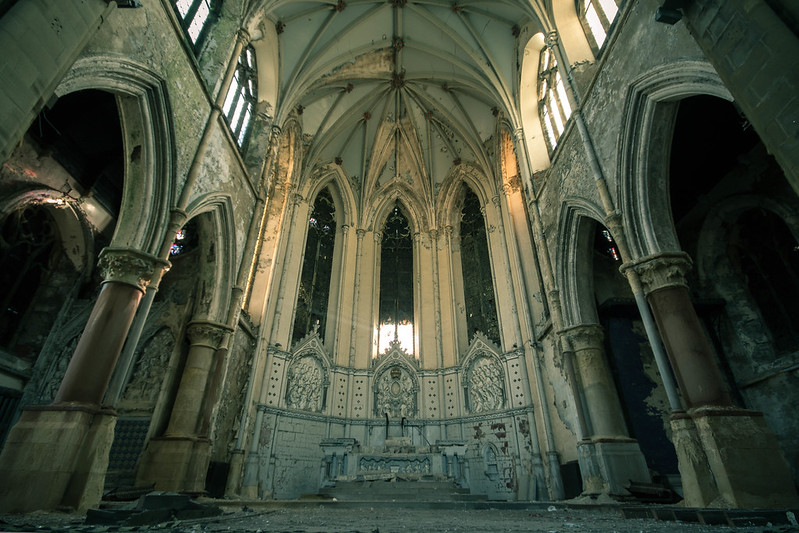

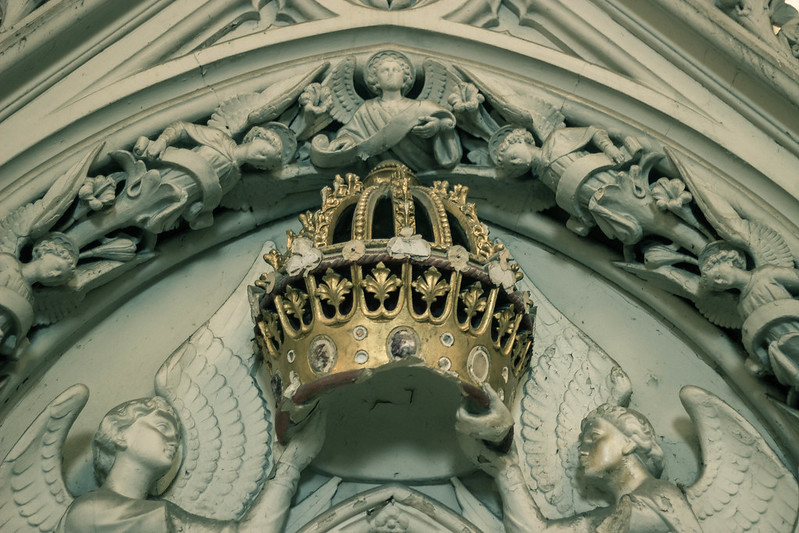
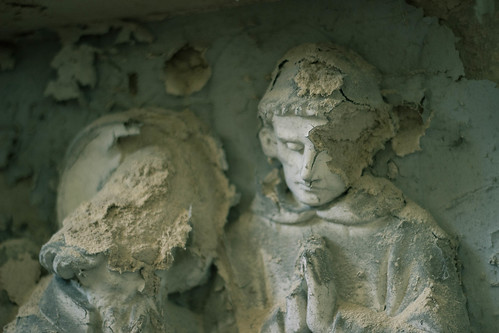
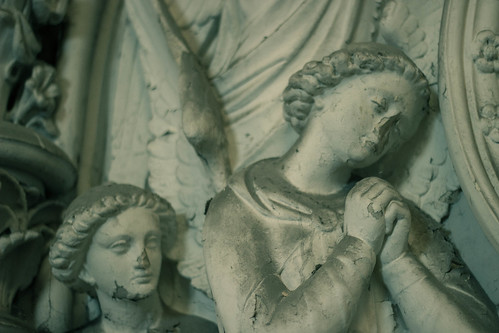
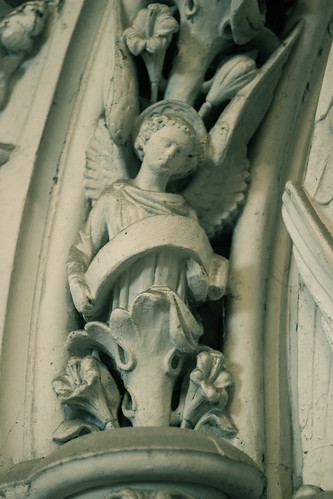

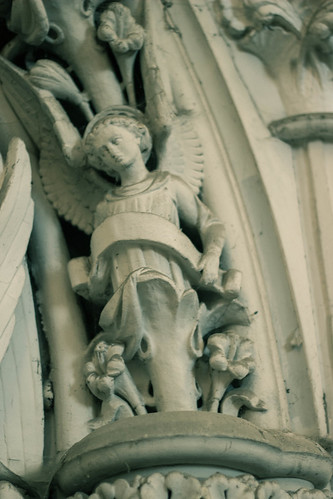

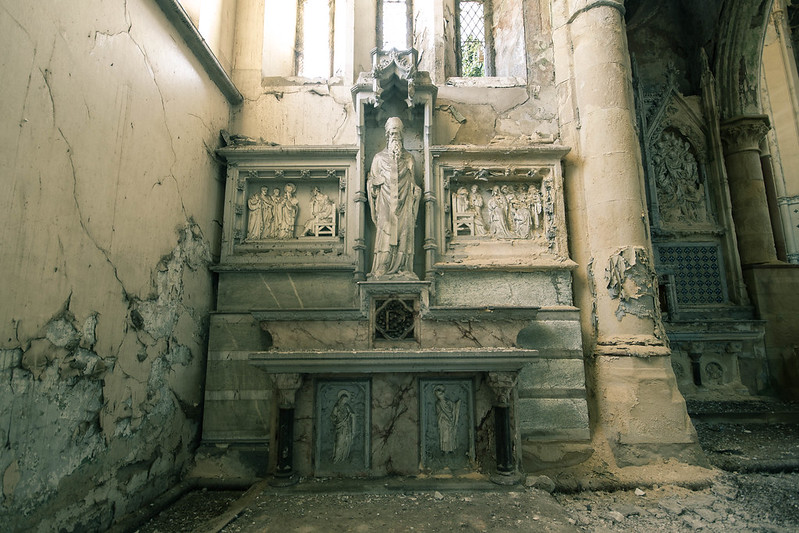
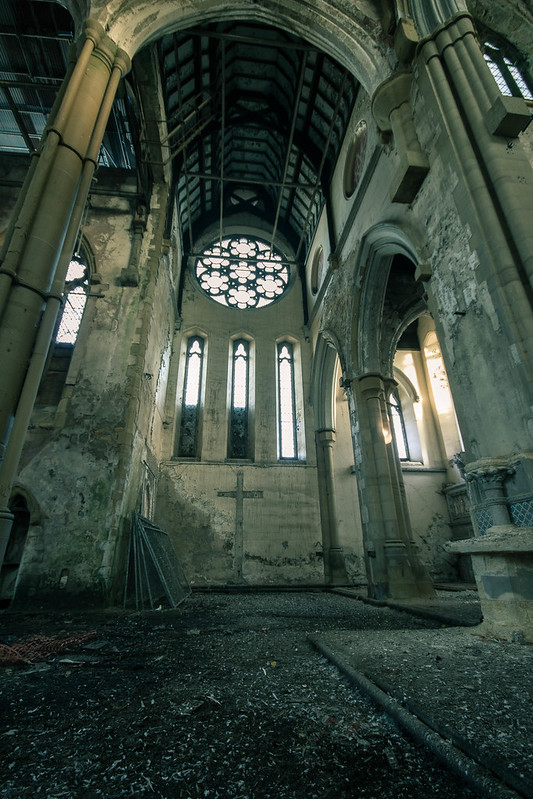
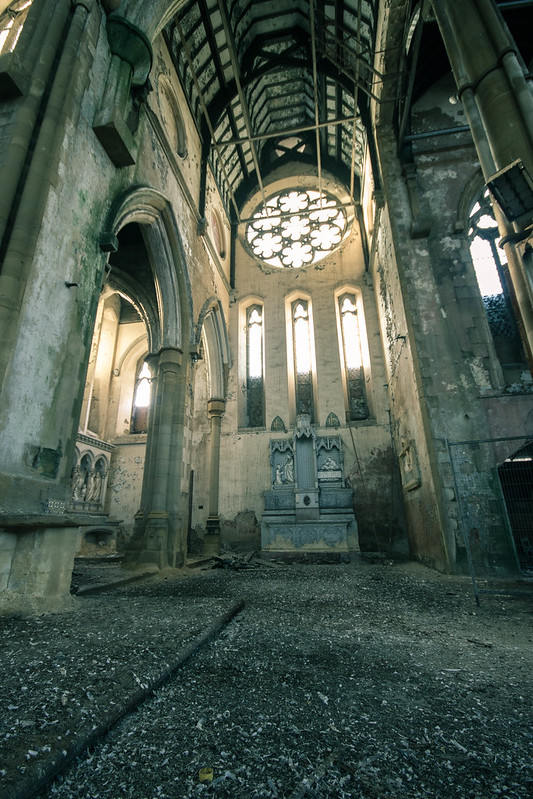

Thanks for looking folks - Have a grand Christmas, see ya all soon
For many, Mount St Mary's is the Famine Church, the original chapel was established at a time when Ireland was only beginning to recover from the Great Hunger brought on by the failure of the potato crop in successive years from 1845 to 1851. Hundreds of families, many of them suffering from the effects of starvation and 'famine fever, found some in what became Mount St Mary's parish.
The story of how the church came to be established in the first place, on the initiative of men from the neighbouring St Saviour's Anglican church who were received into the Roman Catholic Church is more than just a footnote in English Church history. These were the people who persuaded the Oblates of Mary Immaculate to establish a chapel in Richmond Street, the Bank.
It is impossible to calculate the contribution that Mount St Mary's made in creating a community out of the mass of desperate refugees who found themselves living on the Bank or in other parts of the parish. It was not just the ministrations of the clergy that went to forge this new community. It was the work carried out in caring for the sick and the poor, the setting up of the schools and the orphanage. Most of the latter work being carried out by the Sisters of the Holy Family. One must not forget either, the sodalities and societies within the parish that did so much to bind the community together. Despite the widespread poverty and deprivation that persisted so long, it became a community with a strong identity and contributed so much to the development of the city of Leeds.
During the 1970's and 80's the congregation dwindled and the cost of keeping the church open wasn't feasible. The church closed it's doors for the last time in 1989 and was deconsecrated by the Catholic church.
A quick revisit for me this one, promised myself a bit of time out from derping but as I was passing…………..Anyhow it’s a reeeet good place this so get yourselves down















Thanks for looking folks - Have a grand Christmas, see ya all soon




